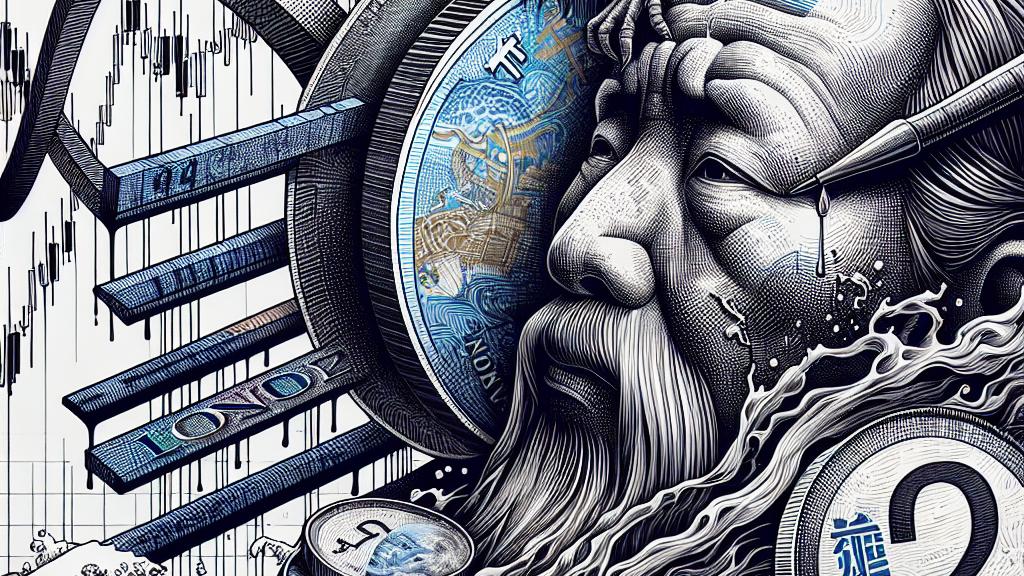Understanding the Impact of US Rate Cuts on China's Currency
Overview
- The US Federal Reserve's recent rate cut forecasts heavily impact the yuan's strength.
- Recent currency depreciation illustrates the powerful dynamics of global economics.
- China may need significant rate reductions to maintain competitive exports.

The Declining Yuan: A Significant Shift
Have you ever paused to think about what makes a currency strong? Recently, China’s yuan has faced a storm, primarily fueled by the US Federal Reserve's unexpected forecasts regarding interest rate cuts. Picture this: the yuan dropped to over 7.32 per US dollar, marking its lowest point since November 2023! This isn't just a number; it reflects a complex interplay of global market dynamics and investor sentiments. Ever since Trump was re-elected, signals of economic tension have heightened, leading to greater uncertainty. For instance, while the yuan struggles, it's intriguing to note that its share in global payments is actually increasing, revealing an underlying resilience amidst adversity. This contradiction keeps the economic narrative both fascinating and puzzling.
Looking Ahead: Challenges and Strategies
So, what does the future hold for the yuan? Imagine peering into a crystal ball—financial experts, including the astute Chen Zhiwu from the University of Hong Kong, project that the yuan will continue to face downward pressure. Why is this important? The Federal Reserve is moving towards only a couple of modest rate cuts, while in contrast, China may feel the heat to adopt sharper rate reductions. This creates a precarious balancing act—China could be forced to lower its rates significantly to support its economy and bolster exports. Now, consider this scenario: if Trump implements additional tariffs, the stakes escalate even higher. China might need to tolerate a weaker yuan to maintain a competitive edge. Ultimately, this economic chess game exemplifies the constantly shifting landscape of international finance—where every move is crucial.

Loading...